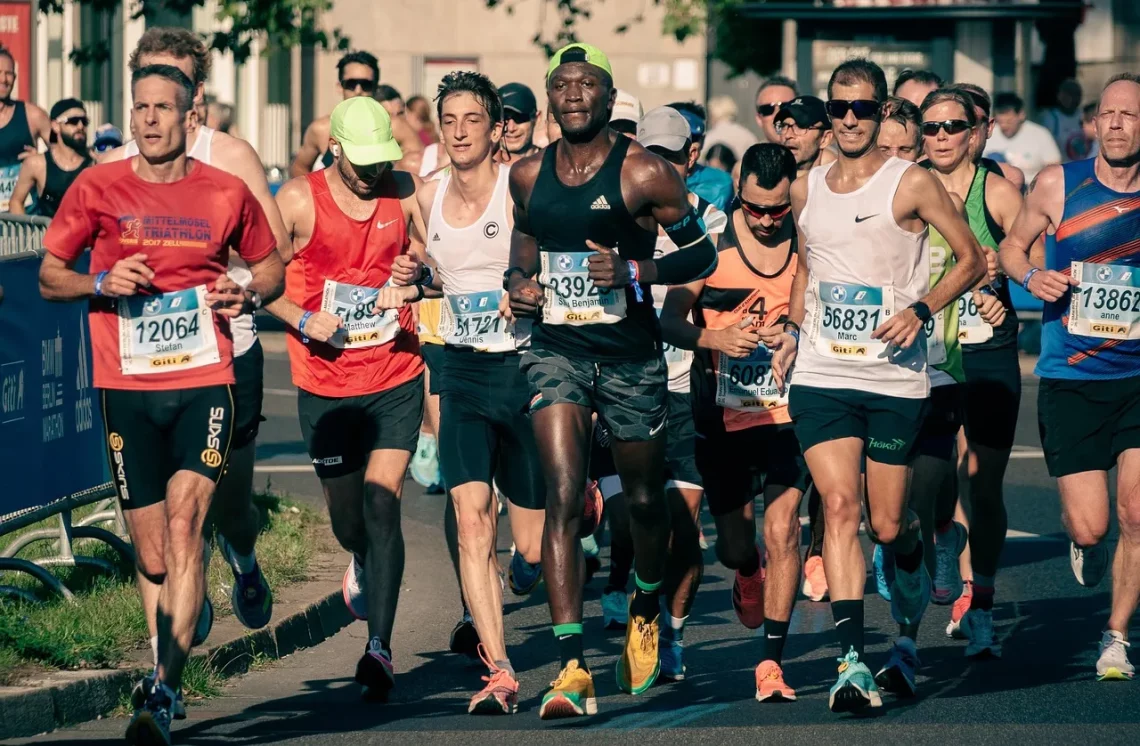
November Marathons: A Guide to the Best Races This Month
November marks a significant transition in the running calendar, as the leaves fall and the air turns crisp. For many dedicated runners, this month presents an opportunity to test their endurance, push their limits, and enjoy the vibrant autumn scenery while participating in marathons across various locations. The combination of cooler temperatures and scenic routes makes November a popular month for marathon enthusiasts, whether they are seasoned veterans aiming for personal bests or first-time participants seeking to complete their inaugural race.
As the running community gears up for these events, the excitement builds around the diverse options available. From urban marathons that wind through bustling city streets to scenic courses that showcase the beauty of nature, each race offers a unique experience. This month is not just about the race itself; it’s about the camaraderie among runners, the exhilaration of crossing the finish line, and the sense of achievement that comes with completing such a challenging endeavor.
Whether you’re looking to participate or simply cheer on friends and family, November marathons provide a chance to immerse yourself in the thriving world of running. With that in mind, let’s explore some of the standout marathons taking place during this vibrant month.
Top November Marathons to Consider
November is home to several iconic marathons that attract thousands of runners from around the globe. These events vary in size, course, and atmosphere, catering to a wide range of preferences and abilities.
One of the standout races during this month is the New York City Marathon. This event, which typically takes place on the first Sunday of November, is renowned for its festive atmosphere and incredible support from spectators. The marathon spans all five boroughs of New York City, allowing runners to experience the diverse culture and energy of each neighborhood. With a course that includes the iconic Verrazzano-Narrows Bridge and Central Park, it is a bucket-list race for many.
Another notable race is the Philadelphia Marathon, which features a flat and fast course, making it an ideal choice for those looking to achieve personal records. This marathon offers a scenic route alongside the Schuylkill River, passing historic landmarks and vibrant neighborhoods. The combination of a supportive crowd and beautiful scenery adds to the overall experience, making it a favorite among local and visiting runners alike.
For those looking for a more intimate setting, the Richmond Marathon is a fantastic option. Recognized for its welcoming atmosphere and well-organized logistics, this race takes participants through the picturesque streets of Richmond, Virginia. The course is mostly flat, offering a great opportunity for runners to set new personal bests while enjoying the fall foliage.
Each of these marathons provides a unique experience, whether you’re seeking the excitement of a large city event or the charm of a smaller race. As you consider participating in a November marathon, it’s important to evaluate the course details, atmosphere, and your own personal goals to find the race that best suits your needs.
Preparing for Your November Marathon
Preparation is key to a successful marathon experience, especially in November when weather conditions can vary significantly. As the date approaches, having a solid training plan in place will help you build endurance and confidence heading into the race.
Begin by assessing your current fitness level and establishing a training schedule that allows for gradual progression. Incorporate a mix of long runs, speed workouts, and recovery days into your plan. Long runs are essential for building endurance, while speed workouts will help improve your pace and overall race time. Don’t forget to include strength training and cross-training to enhance your overall fitness and reduce the risk of injury.
As the marathon draws closer, consider tapering your training in the weeks leading up to the race. Tapering involves reducing your mileage to allow your body to recover and be in peak condition on race day. This period is crucial as it helps you avoid fatigue and ensures that you’re well-rested.
Nutrition and hydration play significant roles in your preparation. Focus on a balanced diet that includes carbohydrates, proteins, and healthy fats. Carbohydrates are particularly important in the days leading up to the race, as they provide the necessary fuel for endurance activities. Stay hydrated by drinking plenty of water and electrolyte-rich fluids, especially during your training runs.
Finally, mental preparation is just as important as physical training. Practice visualization techniques to imagine yourself successfully completing the marathon. Positive self-talk and setting realistic goals can also enhance your mental readiness for the race. Remember, every marathon is a journey, and embracing the experience will lead to a more fulfilling race day.
Post-Race Recovery Strategies
Crossing the finish line of a marathon is a monumental achievement, but the journey doesn’t end there. Proper post-race recovery is essential to ensure that your body heals and that you can continue to pursue your running goals in the future.
Immediately after finishing, take time to cool down. Gradually decrease your pace as you walk for a few minutes to help your heart rate return to normal. Hydrate with water or an electrolyte drink to replenish lost fluids. Refueling your body with a balanced meal that includes carbohydrates and protein within the first hour post-race is crucial for recovery.
Listening to your body during recovery is vital. Pay attention to any signs of fatigue or soreness, and allow yourself adequate rest. Incorporating gentle stretching and foam rolling can help alleviate muscle tightness and promote flexibility.
As you recover, consider engaging in low-impact activities such as swimming or cycling. These exercises can help maintain your fitness level while allowing your body to recover from the intense effort of the marathon. Gradually reintroduce running into your routine, starting with shorter distances and slower paces.
Lastly, take time to reflect on your marathon experience. Celebrate your accomplishments, regardless of the outcome. Whether you achieved your goal time or simply enjoyed the journey, each race provides valuable lessons that can enhance your future training and racing efforts.
By prioritizing recovery, you’ll not only help your body heal but also set yourself up for success in future races.
In conclusion, November marathons offer an exciting opportunity for runners of all levels to challenge themselves and embrace the spirit of the sport. Whether you’re preparing for your debut race or looking to achieve a new personal best, the right preparation and mindset can make all the difference.
**Disclaimer:** This article is not intended as medical advice. If you have any health concerns or medical conditions, please consult with a healthcare professional before participating in any physical activity.




